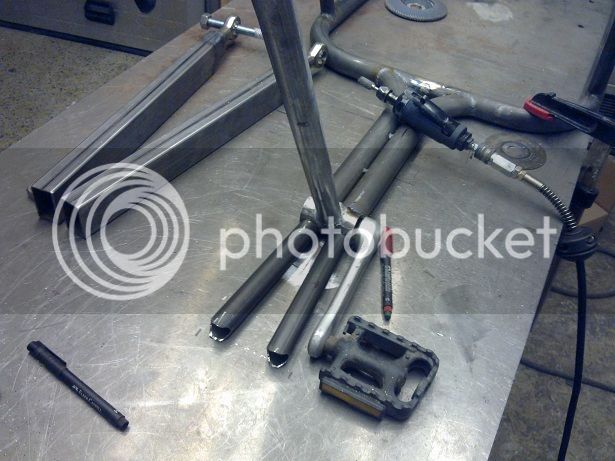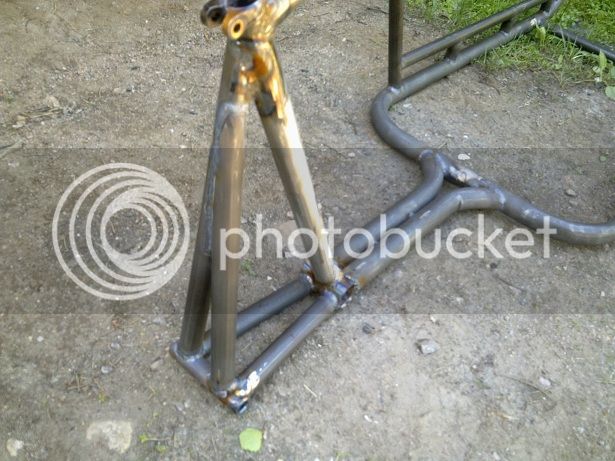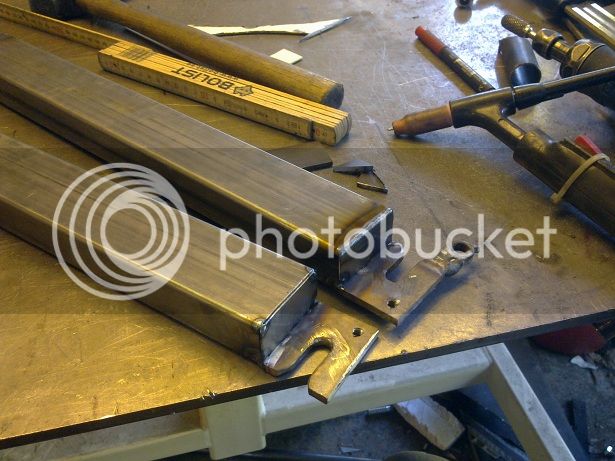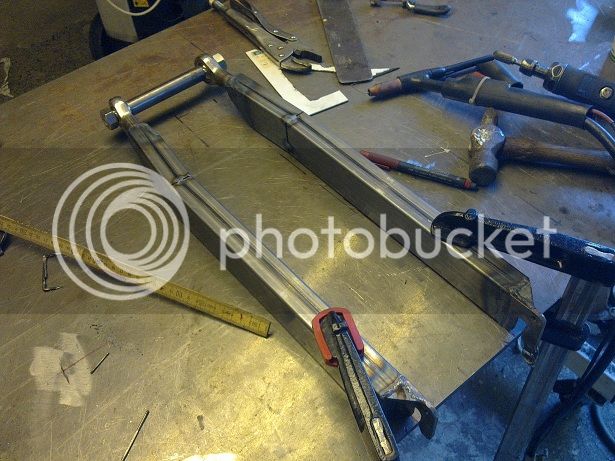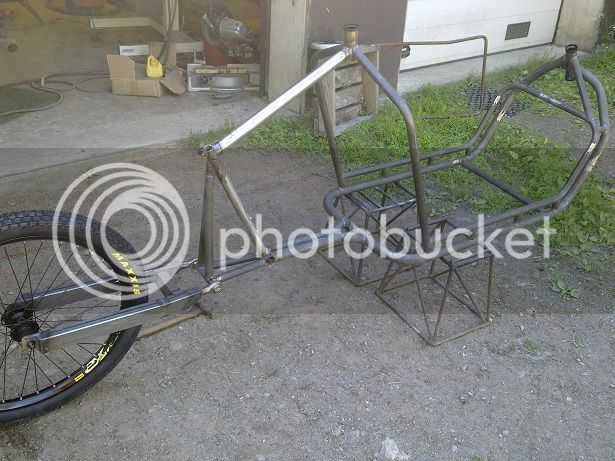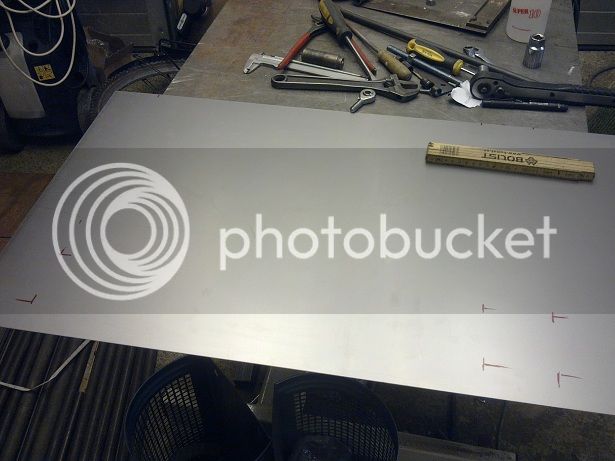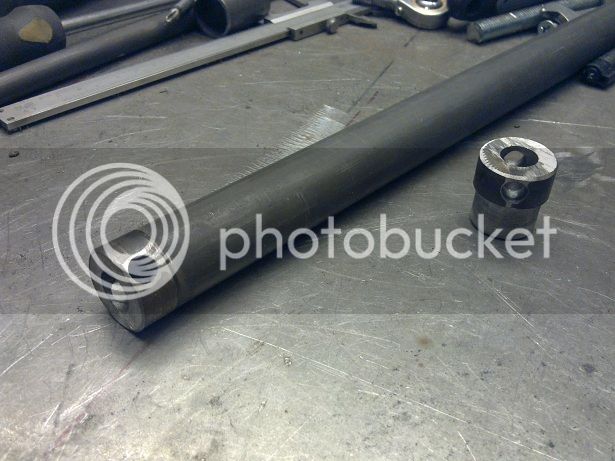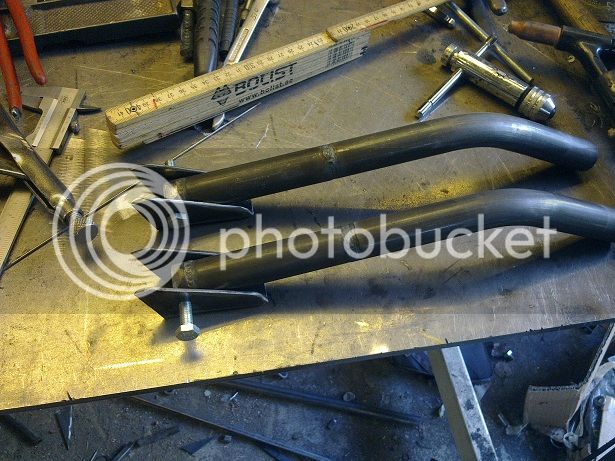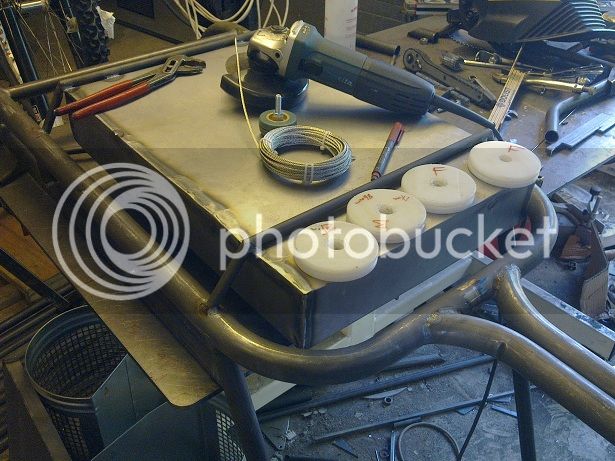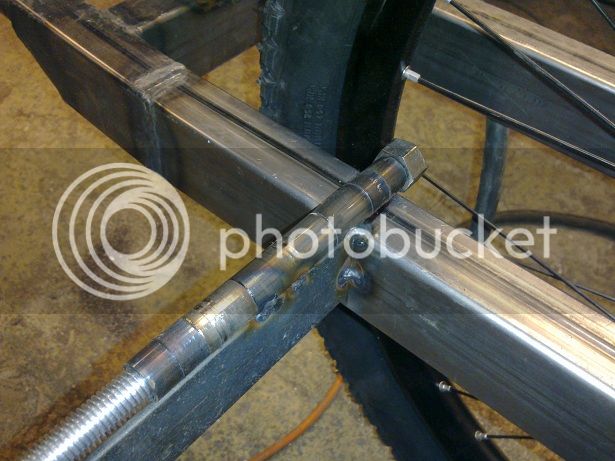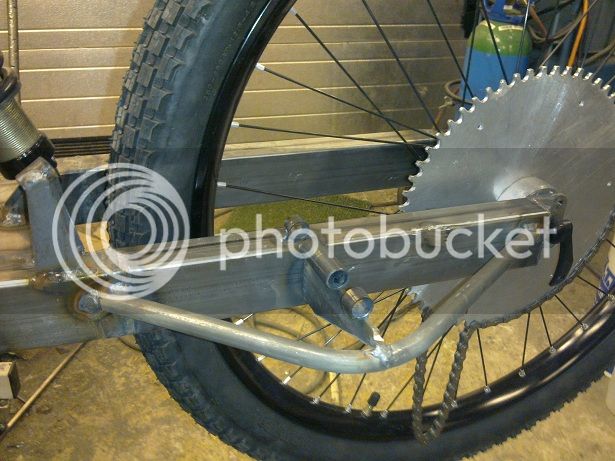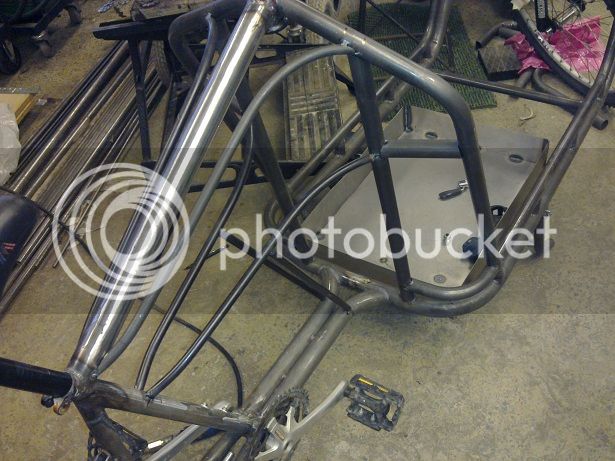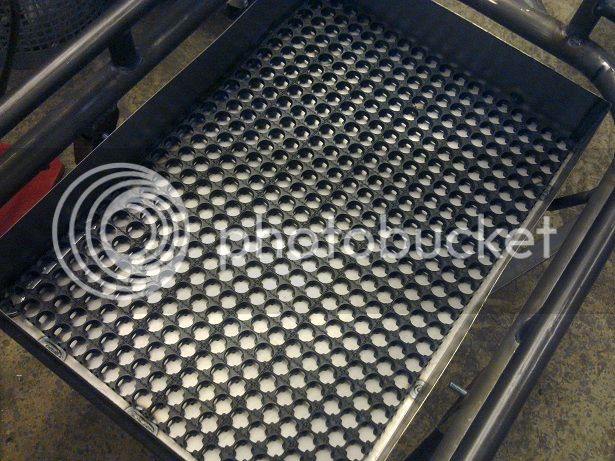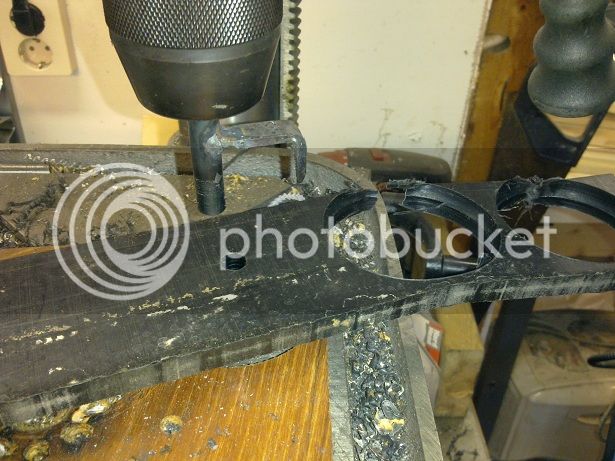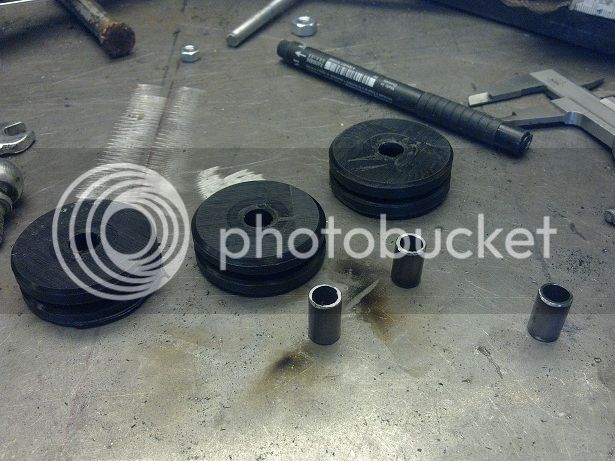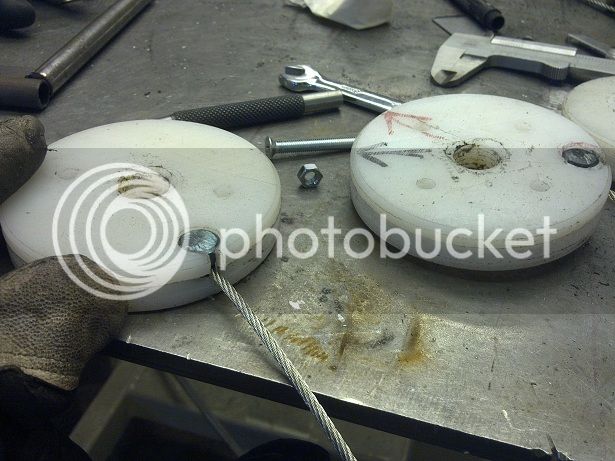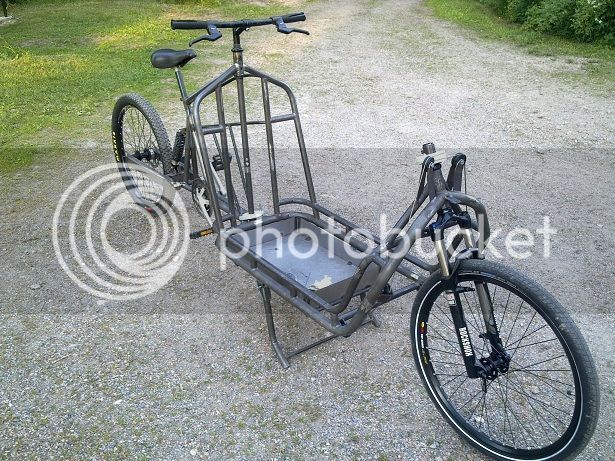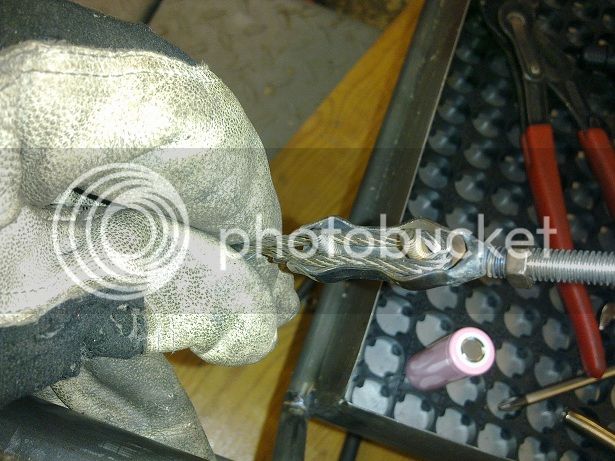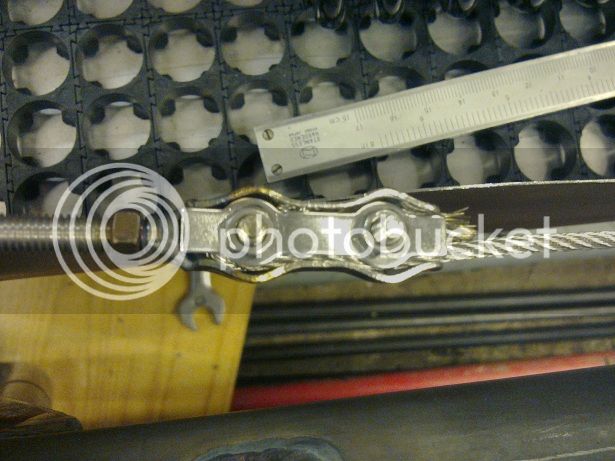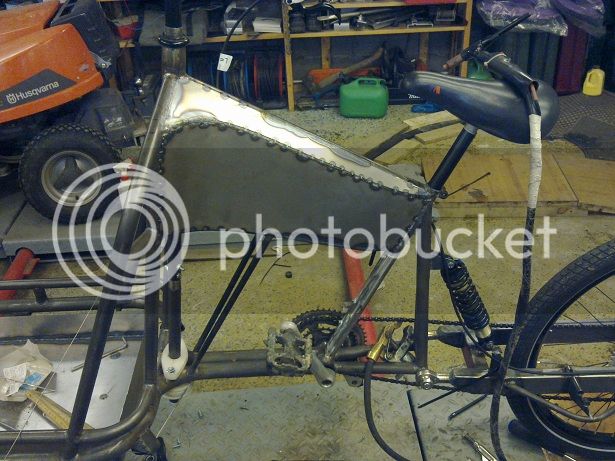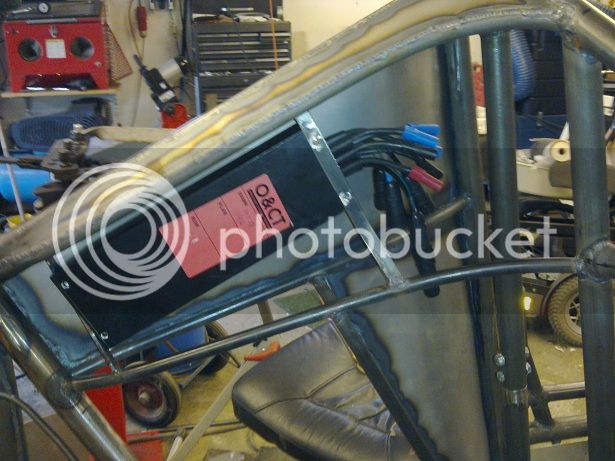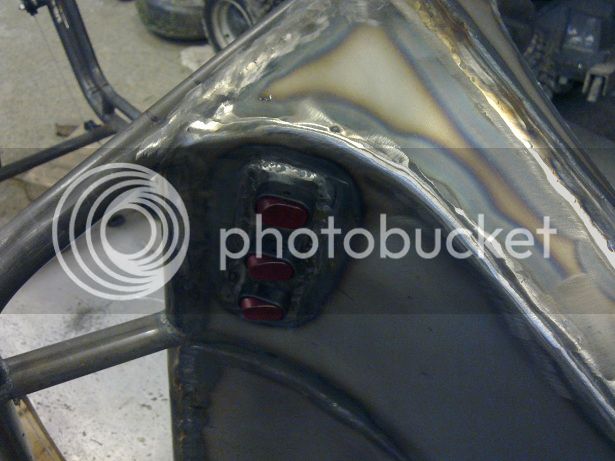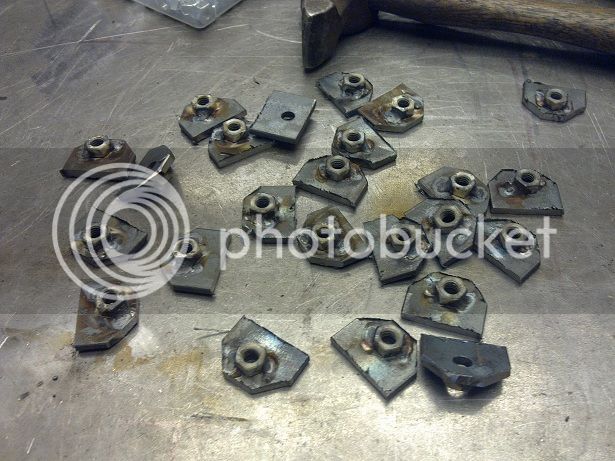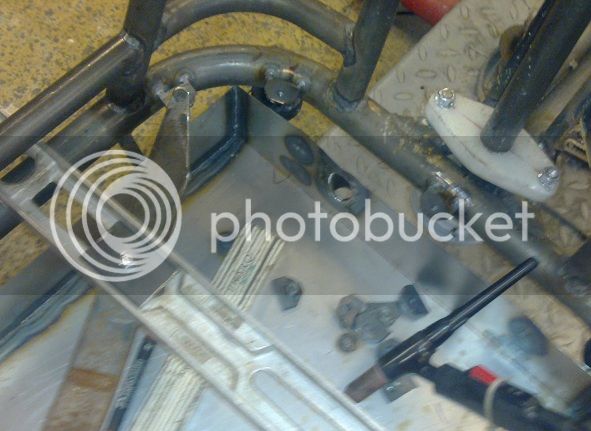Wheazel
10 kW
First of all welcome to this buildthread. The purpose of this project is to create a long john style cargobike that I can use for a larger variety of needs and replace the car more.
It is going to very long, pretty dead on 3meters. This is quite abit longer than standard cargobikes.
The main reasons for this length are:
A 26" suspensionfork in the front to be able to use the best spiketyres incase i end up using it during wintertime. (also for ride comfort reasons)
The same "cargobay" length as other long john bikes. I glanced at the bullit.
A Revolt 120pro instead of a hubmotor makes the bike longer backwards since I am using bottombracket and cranks from an old donor mtb. (could have gone wider cranks and reduced some length)
The 35x1,24mm chromotubing showed to be hard to bend well, and I could not get the tube bent without waves on the inner radius.
This is no biggie for this application tho, as the tubes are superstrong anyway, and the frame feels extremely rigid.
The 25x1,24mm tubing is far easier to bend.
Some pics to start this thread, more to come.
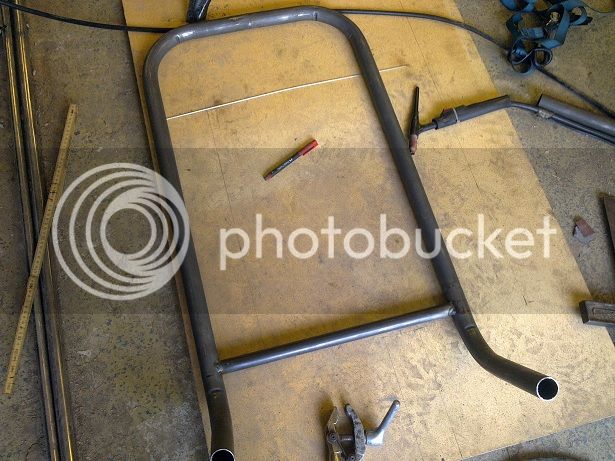

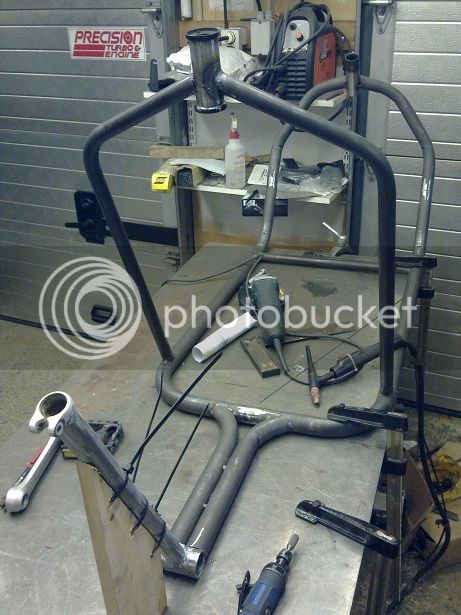
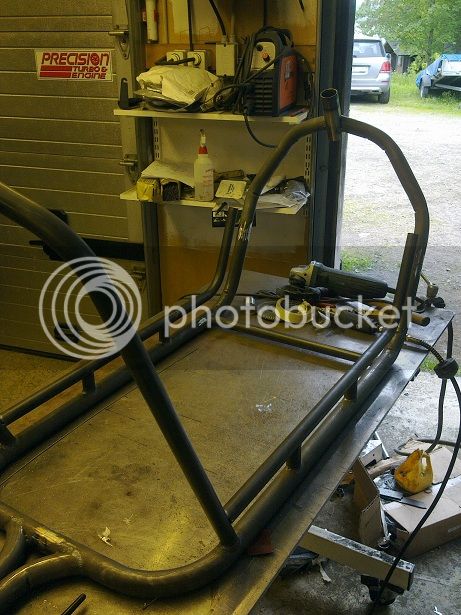


It is going to very long, pretty dead on 3meters. This is quite abit longer than standard cargobikes.
The main reasons for this length are:
A 26" suspensionfork in the front to be able to use the best spiketyres incase i end up using it during wintertime. (also for ride comfort reasons)
The same "cargobay" length as other long john bikes. I glanced at the bullit.
A Revolt 120pro instead of a hubmotor makes the bike longer backwards since I am using bottombracket and cranks from an old donor mtb. (could have gone wider cranks and reduced some length)
The 35x1,24mm chromotubing showed to be hard to bend well, and I could not get the tube bent without waves on the inner radius.
This is no biggie for this application tho, as the tubes are superstrong anyway, and the frame feels extremely rigid.
The 25x1,24mm tubing is far easier to bend.
Some pics to start this thread, more to come.








